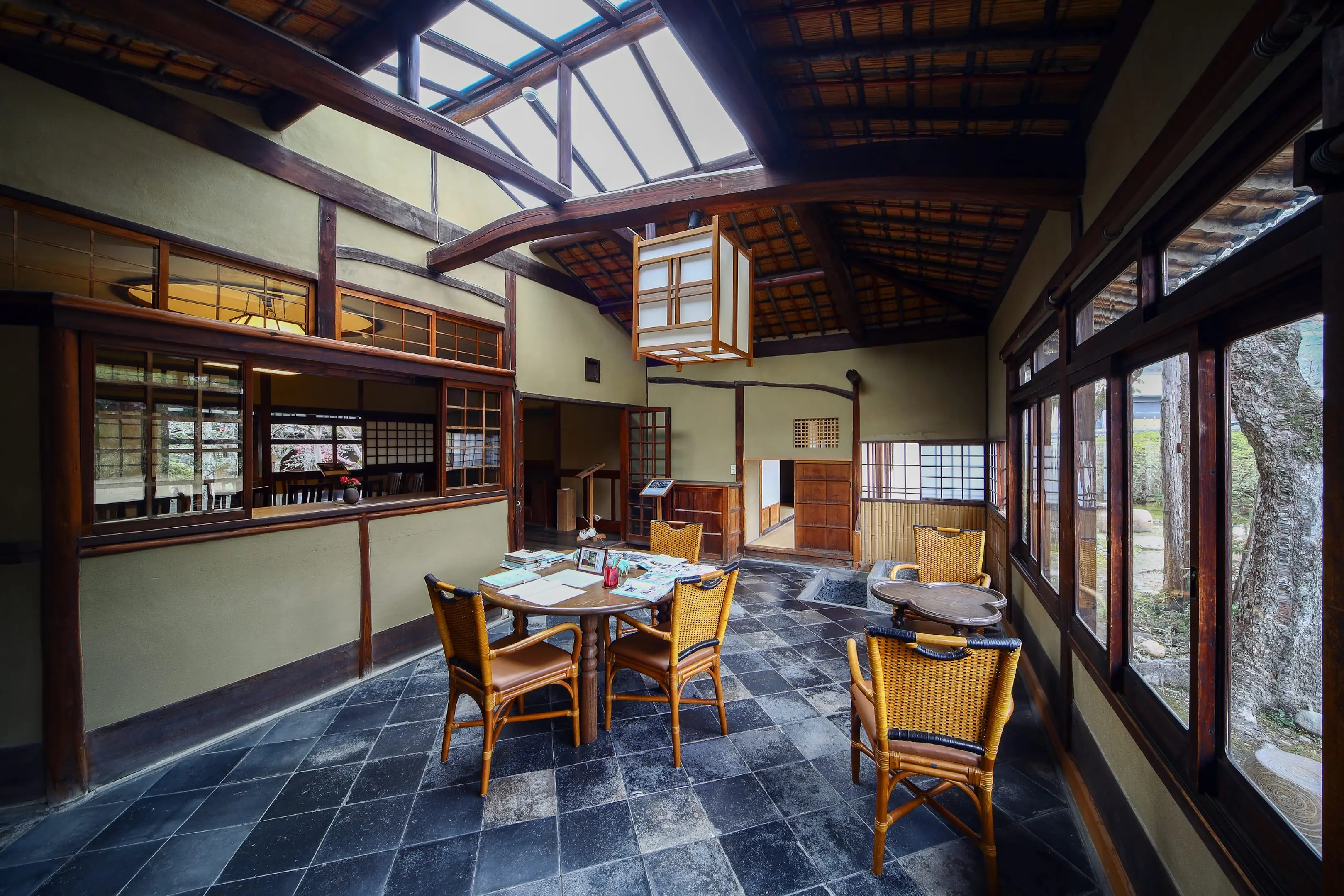Model Course
「高畑」をめぐる 3時間コース
ならまち東エリア「高畑」は、鎌倉時代から春日大社の神官ら(社家)の住まいが集まっていた場所で、住居を囲んだ古い土塀が今も所々に残っています。 その後、大正から昭和初期の頃には芸術家たちの拠点となりました。 『暗夜行路』などを執筆し「小説の神様」と呼ばれていた作家の志賀直哉が、東京の次に長く暮らしたのが、この地でした。
| Areas |
takabatake |
|---|
Model Course
Nara City Tourist Information Center
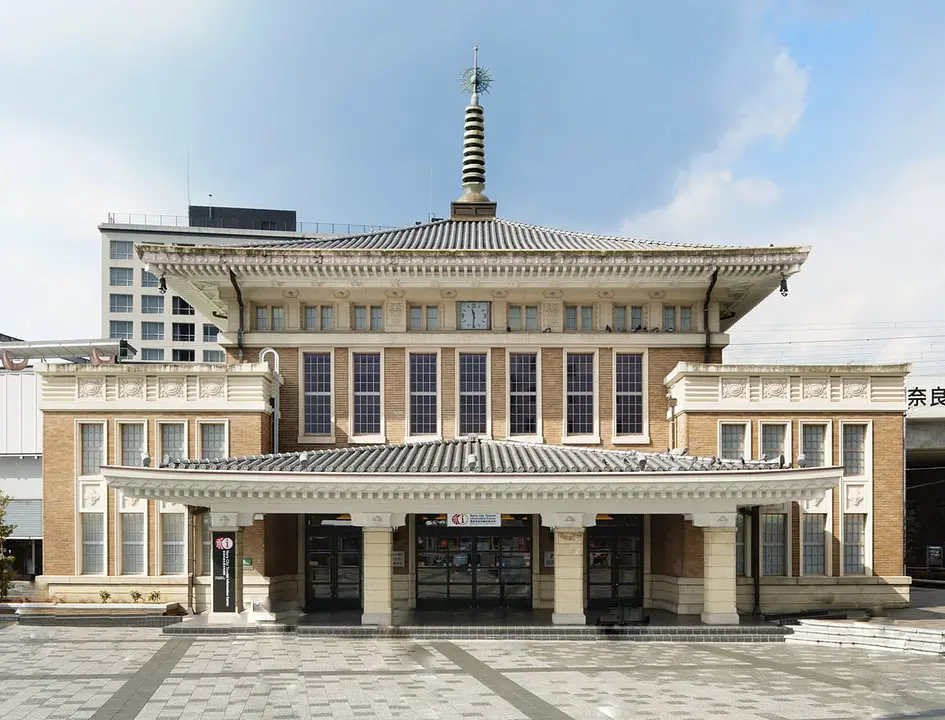
Nara City Tourist Information Center
The former station building of JR Nara Station opened on July 25, 2009 as the Nara City General Tourist Information Center. There is also tourist information in foreign languages and a tourist information search corner connected to the internet.
Naoya Shiga former residence
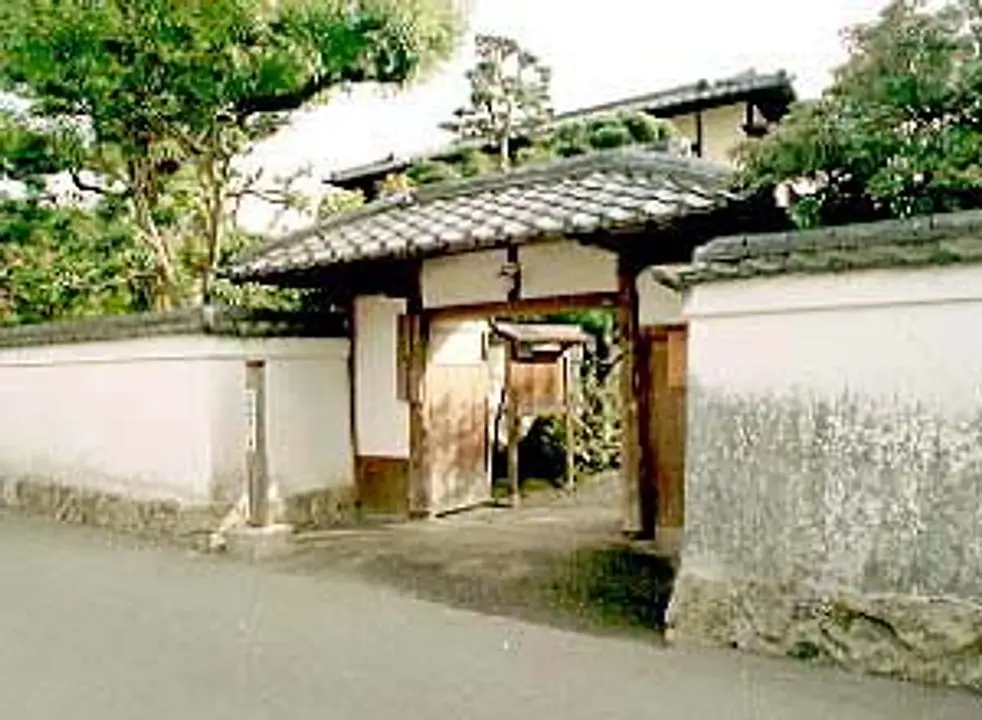
Naoya Shiga former residence
This is the former residence of Naoya Shiga, where he lived for nine years from 1930. ``Anya Kouro(Dark night journey)'' has concluded here. The humanity of Naoya, a modern writer who loved nature, peace, harmony, and tranquility, is remembered.
Fuku-in Temple
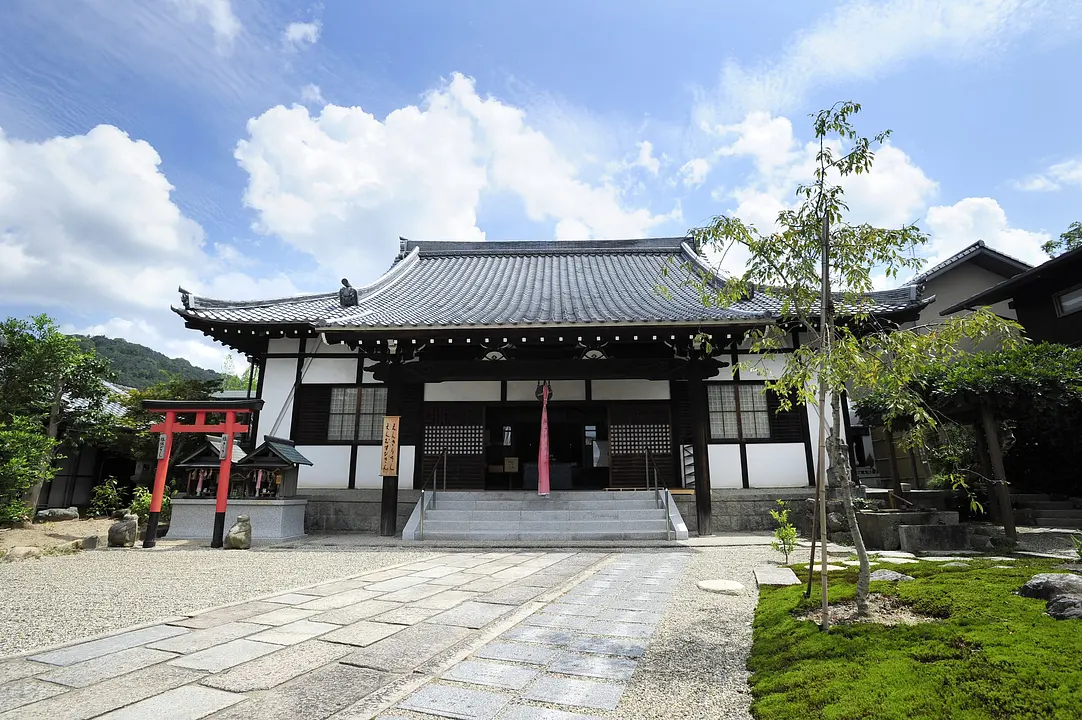
Fuku-in Temple
This is an old temple of the Shingon Ristsu sect, whose principal image is Fukukensaku Kannon, with Mt. Kasuga in the background. According to Daijo-in Temple and Shrine Miscellaneous Records, there is a description that during the Nara period, Ganjin Wajo, who came from China, lived in Fuku-in, and during the Heian period, during the Konin era (810-824), Kobo Daishi lived there. It is said that Kukai proposed the construction of an octagonal hall here at Fukuin Temple as a model for the Nanendo Hall of Kofukuji Temple, and wrote a prayer. During the Kamakura period, during the period when the precepts were being revived in Nanto, the principal image of the temple, the Fuku Honsaku Kannon, was enshrined in the octagonal hall. It is said that the four Ritsu monks, Enharu of Fukuin Temple, Eison of Saidaiji Temple, Kakumori of Toshodaiji Temple, and Ugon of Saihoin Temple, taught their precepts here and imparted them to many sentient beings. It is also known as ``Fukui no Daishi'' (Fukui is the old name of the place, which originates from ``Fuku'' = ``Fuku''), and is worshiped as a temple for the salvation of women.
Shinyakushi-ji Temple
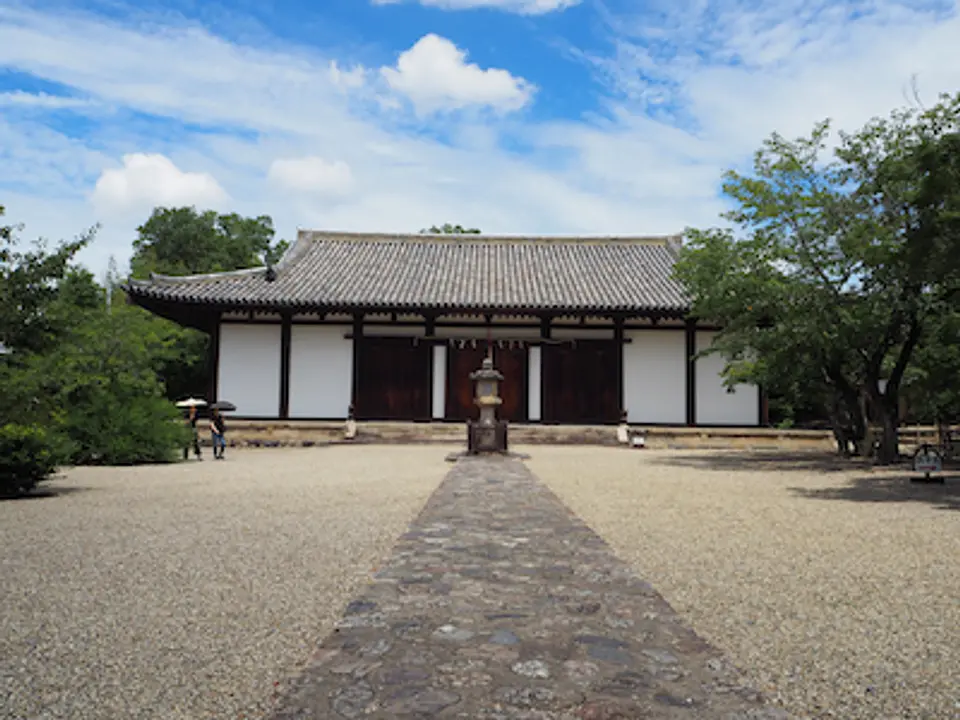
Shinyakushi-ji Temple
Empress Kōmyō built this temple in 747 as an invocation for her husband, the Emperor Shōmu, to recover from his illness. It used to be a historic temple with a complete seven-structured temple complex, but presently, only the main building or hondō (National Treasure) remains. The east gate, south gate, bell tower, and Jizō hall were all built in the 12th century and designated as Important Cultural Properties. The oldest and biggest statues of the Twelve Heavenly Generals in Japan are housed in the main hall as if to protect the statue of Yakushi Nyorai, or Bhaisajyaguru buddha.
Irie Taikichi Memorial Museum of Photography Nara City
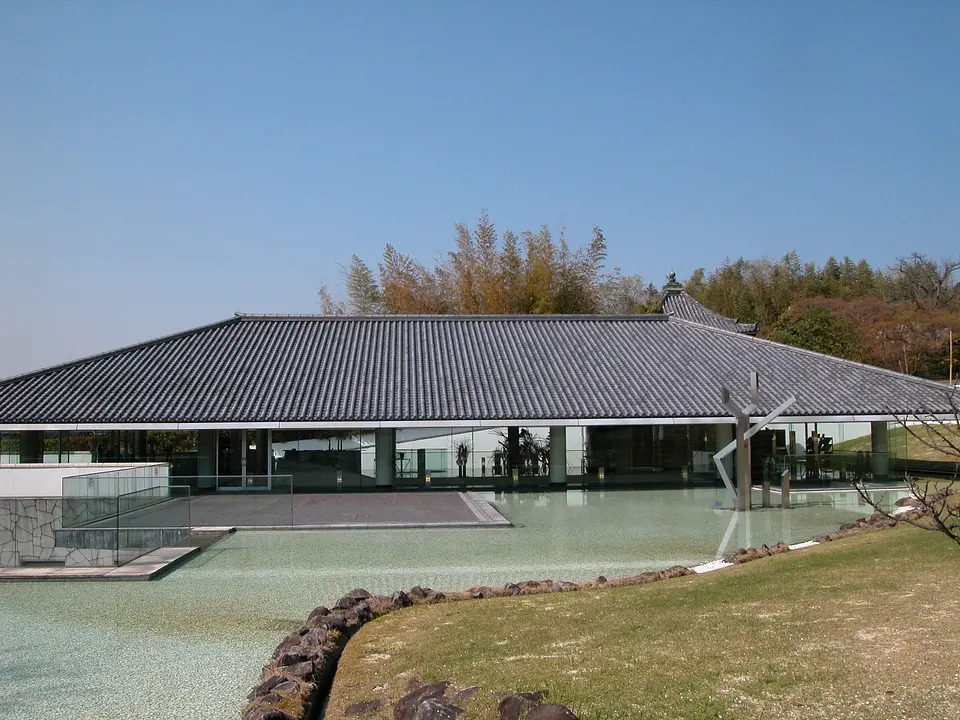
Irie Taikichi Memorial Museum of Photography Nara City
For half a century, Irie Taikichi photographed the scenes and Buddhist treasures of Nara. When he gifted his entire collection to the city of Nara, this museum was designed by Kisho Kurokawa to house and display his works. The works of Irie Taikichi form the centerpiece of the exhibitions here, but other photographers and artists are frequently featured. Some works are even set up for viewing on high definition TVs.
Zuto Pagoda
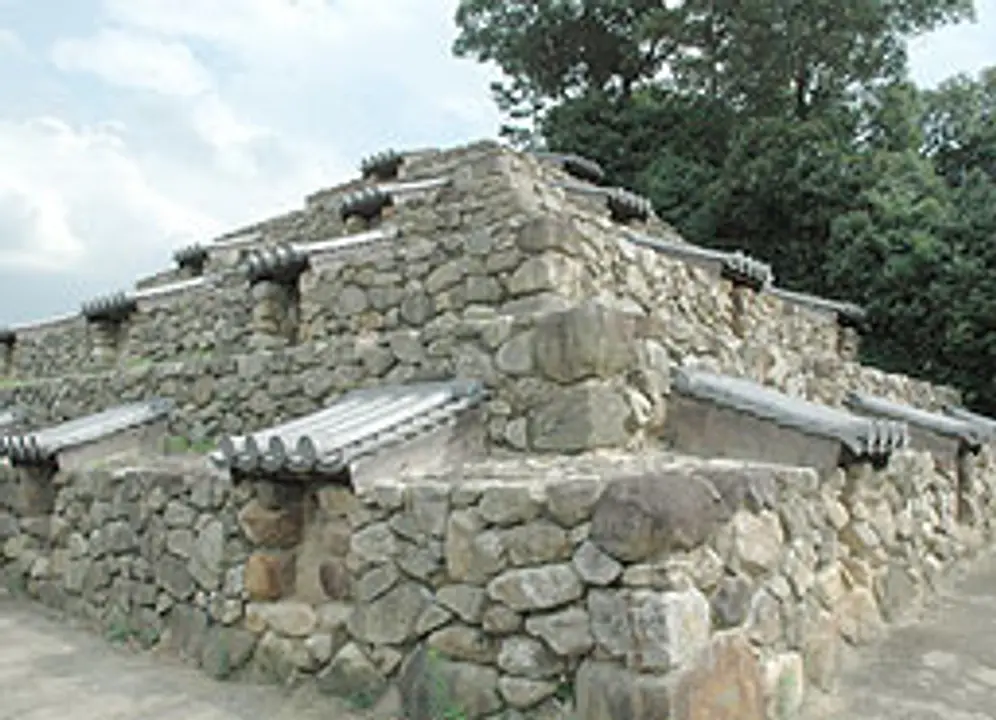
Zuto Pagoda
Thirteen stone Buddha statues made during the Nara period are arranged in three tiers. All of them are characterized by having a canopy and are of high artistic value. *There may be special openings depending on the season, and the tour method may differ. Please check the URL below for details.
